For parents, selecting a crib for their baby’s nursery is undoubtedly one of the most significant decisions. Factors such as safety, comfort, design, durability and so on. This guide covers the key things to look for so that you are confident in making a choice as important as finding your perfect new bed.
Now that you realize there are several different cribs, the next question is, why do babies need a crib??
The crib is the most significant item you will buy for your baby’s nursery and one of the most important. It is where your baby will sleep, rest or even play for hours during its initial years. This means that the right crib for your baby’s nest is not only a style or additional factor but safety and comfort and doing you and baby girl some serious longevity justice.
U.S. Safety Standards for Cribs Explained by
You must see that the crib meets all the US Consumer Product Safety Commission (CPSC) safety guidelines to ensure your baby is safe. When selecting a crib for the nursery with your newborn baby, there is one crucial tip to keep in mind that are:
- Correct slat spacing: The space between crib slats must be no more than two and three-eight inches.
- No drop-down sides: Drop-side cribs have been forbidden due to safety hazards.
- Safe paint and finishes: Cribs should be finished in a lead-free, non-toxic finish.
- Sturdy construction: Find a solid-material crib to avoid risks such as collapsing or tilting at unsafe angles.
Types of Cribs to Consider
What kinds of cribs are there when selecting a crib for the nursery in your baby? Different crib types have various features that influence your decision based on space, budget or future planning.
1. Standard Cribs
Classic crib design: Standard cribs are classic and usually more durable. Best for: Parents who want a conventional style and durability transport. However, they need to be stackable for conversion into other furniture items, which may limit their future utility.
2. Convertible Cribs
The best convertible cribs can transform into toddler beds or daybeds, saving you the expense of buying a new bed. Many rolling models can even be converted into full-size beds, so they will continue to work as your baby grows up. Make sure to add convertible cribs offering at least four different bed options and having the proper hardware.
3. Mini Cribs
Miniature cribs These are smaller and suitable for a small area. A mini crib can be an efficient choice if your baby’s nursery is small or you are looking for it in multiple rooms. However, mini cribs may need to be more sturdy over the years.
4. Portable Cribs
Portable Cribs (also known as travel cribs) give you extra portability for families that are on the move or would like to go over grandparents. They are usually lightweight, foldable and conveniently transportable but tend to lack the rigidity of a regular crib.
Key Features to Look for When Choosing the Right Crib for Your Baby’s Nursery
Since the crib is one of the most important features in your baby’s nursery, careful thought and consideration should be given to ensure safety, comfort, and style.
1. Sturdy Construction
Read carefully that the crib is made of top-quality materials. Solid wood cribs are highly recommended due to their unparalleled sturdiness and long-lasting nature. Stay clear of flimsy materials that won’t stand an advantage long-term.
2. Adjustable Mattress Heights
Up to three mattress heights are available with most cribs. The higher stage suits a newborn (making it simpler so that you can elevate your child out). The Base position and sides keep the baby safe when they pull up to stand, and then the bed can be lowered so they cannot climb out. Convertible version — The character of shifting heights over the years using a child may lead to purchasing a crib with flexible peaks.
3. Non-Toxic Materials
You want to ensure that the crib has been made with non-toxic finishes and paints so any harmful chemicals will not harm your baby. Choose cribs with a GREENGUARD Gold Certification for low chemical emissions.
4. Mattress Compatibility
Picking the Best Mattress for Your Baby Room Residence → Design and Refinishing The crib mattress needs to fit, leaving no more than a two-finger width between the side of the bed and the inside. Avoid cushion-type bedding as its softness can be dangerous for babies and may lead to suffocation.
5. Style and Design
Get the matching crib for your nursery room design. The style: The crib should match your nursery theme, whether you want something modern and sleek or more traditional (some are even ornate).

Ensuring Longevity: Crib Features for Long-Term Use
Convertible Cribs Parents looking to invest in a crib that will last through their child’s college years might consider convertible cribs. Select a crib that can morph from a standard baby cave into Toddlerville and full-size bed territory to get maximum bang for your buck. Also, check if the transformation kits are included with the crib or if they sell them separately.
New Parent Crib Safety Tips
The most important aspect to consider when selecting a crib for your baby’s nursery is creating a safe sleeping environment. There are many tips that all parents should also know when considering crib safety, such as the following:
- Pillows & toys: Keep away pillows and any other toys from the crib, as your infant may suffocate.
- Fit a sheet: Use only crib sheets designed for travel-size cribs.
- Inspect for recalls: Look up or sign up to receive recall emails on your crib。
- Hand-me-down cribs are a big no-no: Older cribs might not comply with today’s safety standards, and drop-side cribs have been banned.

The Perfect Crib Placement for Your Nursery
Where you Put the baby Crib in the Nursery: Keep it away from windows, blinds and cords. The Crib should be well-ventilated; soft light here will give a calm environment.
Most Popular Crib Brands in the USA
Many baby crib brands are available that have made quite the name for themselves with outstandingly safe, stylish and functional cribs. Top-rate crib brands to look for Crib shopping entails buying more than just something cozy and snug that the baby can sleep in; it carefully considers a few things even quality-wise.
DaVinci Baby: All of Davinci’s cribs are well-built and affordable, they also boast the GREENGUARD Gold Certified line that is safe and chic.
Babyletto: Babyletto cribs are sleek, eco-friendly and GREENGUARD Certified for the ultimate peace of mind.
Delta Children: Delta Children provides tough, cheap cribs sold almost anywhere and in many styles.
Graco: Graco cribs are widely available and tend to convert, providing a versatile option that parents can use well into the future at an affordable price.
Conclusion
There are various things to consider when choosing the perfect little bed for your baby, such as weight limits and materials used in construction. If this blog post has helped you choose the right crib, your baby will sleep soundly and safely in a beautiful new room.
Remember that the crib is the main attraction in your baby’s nursery, so choosing wisely will bring peace of mind and comfort for both parties later. Selecting the perfect crib for their nursery balances safety, style and function – resulting in peaceful nights (and naps) over time.
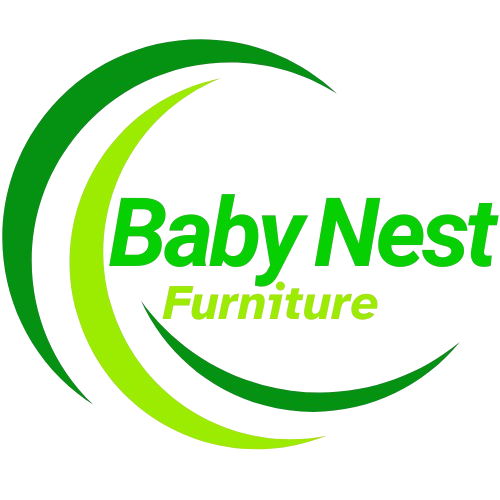


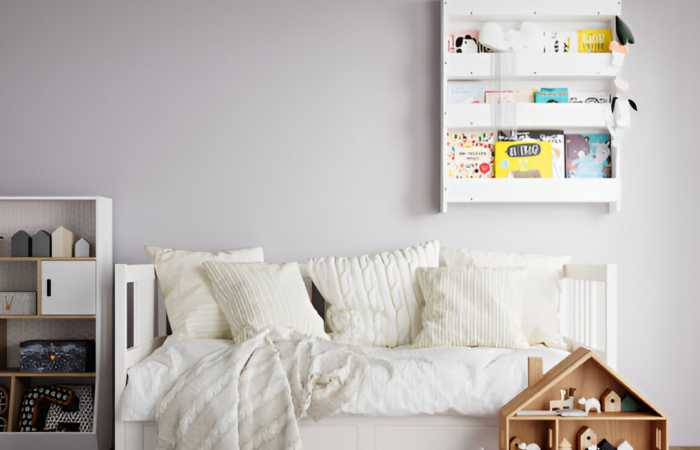
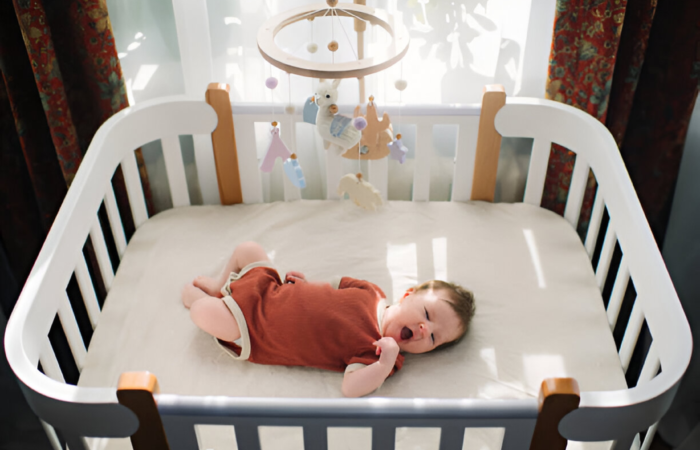







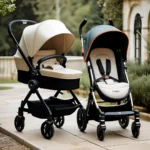
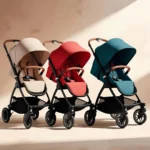
Leave Your Comment: